Dark Spots in Mouth: Causes, Treatment, and When to Seek Medical Attention
What causes dark spots in the mouth. How to identify different types of oral discoloration. When should you be concerned about black spots inside your cheek. What treatments are available for oral pigmentation.
Common Causes of Dark Spots in the Mouth
Discovering a dark spot inside your mouth can be unsettling, but in most cases, it’s not a cause for immediate concern. Various benign conditions can lead to discoloration in the oral cavity. Understanding these causes can help alleviate anxiety and determine when medical attention is necessary.
Oral Nevi: Moles Inside the Mouth
Oral nevi, commonly known as moles, can appear as small brown, bluish-gray, or almost black dots inside the mouth. These slightly raised spots are typically harmless and don’t require treatment. They’re more frequently found on the roof of the mouth or inner lip but can also develop on the cheeks.
Do oral nevi require medical attention. While oral nevi are generally benign and there are no reported cases of them becoming cancerous, it’s advisable to have them examined by a dentist or doctor. A biopsy may be recommended to definitively rule out melanoma, a rare but serious form of skin cancer that can occur in the mouth.

Blood Blisters: Temporary Dark Spots
Blood blisters can form when the skin inside your mouth gets pinched, resulting in a sac of fluid filled with blood. These blisters range in color from purple to dark red and are often noticeable to the touch. They typically appear on soft areas of the mouth, such as the cheeks or inner lips, and can be painful when touched or when eating spicy foods.
How long do blood blisters last. Most blood blisters in the mouth resolve on their own within two weeks without requiring treatment. However, if a blister persists beyond this timeframe or becomes a recurring issue, it’s advisable to consult a healthcare professional.
Melanotic Macules: Areas of Hyperpigmentation
Oral melanotic macules are flat, well-defined areas of hyperpigmentation in the mouth. These noncancerous spots average about a quarter of an inch in diameter but can be as small as 0.04 of an inch. While they’re benign, a biopsy may be recommended to distinguish them from more serious conditions like melanoma.

Larger Dark Spots: Potential Causes and Implications
While small dark dots in the mouth are often harmless, larger spots may have different causes and implications. Understanding these can help you determine when to seek medical advice.
Amalgam Tattoos: Leakage from Dental Fillings
Amalgam tattoos are a relatively common cause of dark spots in the mouth. These occur when there’s leakage from dental fillings made of amalgam, a material composed of mercury, tin, zinc, silver, and copper. Amalgam tattoos appear as dark blue, gray, or black spots, usually located near a filling.
Are amalgam tattoos harmful. Amalgam tattoos don’t cause any symptoms and are generally considered harmless. They’re permanent unless removed through laser surgery. However, if you notice a new dark spot near a filling, it’s worth having it checked by a dentist to confirm the diagnosis.
Smoker’s Melanosis: Tobacco-Induced Staining
Smokers may develop blotchy stains inside their cheeks and gums, a condition known as smoker’s melanosis. Approximately 22 percent of smokers experience this type of oral discoloration. While these stains don’t cause symptoms or require treatment for health reasons, they can be cosmetically concerning.

Can smoker’s melanosis be treated. Yes, these stains can be removed through laser treatment or electrosurgery if desired. However, the most effective prevention is to quit smoking. It’s important to note that your doctor may recommend a biopsy to rule out other conditions before proceeding with any cosmetic treatments.
Rare but Serious Causes of Oral Dark Spots
While most dark spots in the mouth are benign, there are rare instances where they may indicate a more serious condition. Being aware of these possibilities can help you recognize when immediate medical attention is necessary.
Oral Melanoma: A Rare Form of Cancer
In extremely rare cases, a dark spot inside the cheek may be a sign of oral melanoma, a type of cancer that affects pigmented cells called melanocytes. Oral melanoma accounts for about 1.6 percent of cancers of the head or neck, and less than 1 percent of all melanomas.
What are the early signs of oral melanoma. In its early stages, oral melanoma often has minimal symptoms. It typically manifests as a dark brown to blue-black spot, but it can also be unpigmented or white. As the condition progresses, the spot may be accompanied by pain, ulcers, and bleeding. Oral melanoma is more common in men and is typically diagnosed around age 56.

Treatment options for oral melanoma may include surgery, immunotherapy, radiation, and drug therapy. Early detection and treatment are crucial for improving outcomes, which is why any persistent or changing dark spots in the mouth should be evaluated by a healthcare professional.
Systemic Conditions Associated with Oral Pigmentation
Sometimes, dark spots in the mouth can be a sign of a systemic condition affecting other parts of the body. Two such conditions are Peutz-Jeghers syndrome and Addison’s disease.
Peutz-Jeghers Syndrome: More Than Just Oral Spots
Peutz-Jeghers syndrome is a genetic condition that causes noncancerous growths called polyps in the intestines and stomach. Children with this condition often develop dark spots on their lips, inside their mouth, near their eyes and nose, and around their anus. These spots typically fade with age.
What are the complications of Peutz-Jeghers syndrome. People with this condition may experience complications such as abdominal pain, bleeding, or bowel obstruction due to the polyps in their digestive tract. While there’s no cure for Peutz-Jeghers syndrome, surgery can be performed to remove the polyps and alleviate symptoms.

Addison’s Disease: Hormonal Imbalance and Oral Pigmentation
Addison’s disease, also known as adrenal insufficiency, is a condition where the adrenal glands don’t produce enough of certain hormones. One of the symptoms of Addison’s disease is hyperpigmented blotches of skin inside the mouth.
What are other symptoms of Addison’s disease. In addition to oral hyperpigmentation, people with Addison’s disease may experience extreme fatigue, weight loss, salt cravings, low blood sugar, and hyperpigmentation of the skin. Treatment typically involves hormone replacement therapy to manage symptoms and prevent complications.
When to Seek Medical Attention for Oral Dark Spots
While many dark spots in the mouth are harmless, certain signs should prompt you to seek medical evaluation. Understanding these indicators can help ensure timely diagnosis and treatment if necessary.
- Persistent spots: If a dark spot in your mouth doesn’t go away after two weeks, it’s worth having it checked by a healthcare professional.
- Changes in appearance: Any spot that changes in size, shape, or color should be evaluated promptly.
- Associated symptoms: If the spot is accompanied by pain, bleeding, or ulceration, seek medical attention.
- Multiple or widespread spots: The sudden appearance of multiple dark spots in your mouth or on other parts of your body warrants a medical evaluation.
- Personal or family history: If you have a history of skin cancer or a family history of conditions like Peutz-Jeghers syndrome, be extra vigilant about oral changes.
Remember, early detection is key in managing any potential health issues. When in doubt, it’s always better to consult with a healthcare professional for proper diagnosis and peace of mind.

Diagnostic Procedures for Oral Dark Spots
When you visit a healthcare professional about a dark spot in your mouth, they may use various diagnostic procedures to determine its cause and nature. Understanding these procedures can help you feel more prepared and at ease during your visit.
Visual Examination and Medical History
The first step in diagnosing oral dark spots typically involves a thorough visual examination of your mouth and a review of your medical history. Your doctor or dentist will look at the size, shape, color, and location of the spot, and ask about when you first noticed it and any changes you’ve observed.
What questions might your doctor ask. They may inquire about your smoking habits, recent dental work, any symptoms you’re experiencing, and your family medical history. This information helps them narrow down potential causes and determine if further testing is needed.
Biopsy: When and Why It’s Performed
In many cases, a biopsy may be recommended to definitively diagnose the nature of the dark spot. This procedure involves taking a small sample of tissue from the affected area for laboratory analysis.
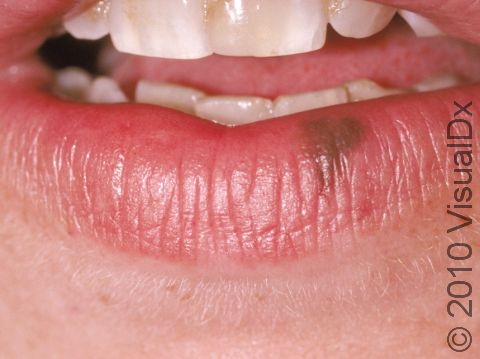
Is a biopsy painful. While the idea of a biopsy might sound intimidating, the procedure is usually quick and involves minimal discomfort. Your doctor will use a local anesthetic to numb the area before taking the sample. The results of the biopsy can provide crucial information about whether the spot is benign or if it requires further treatment.
Treatment Options for Oral Dark Spots
The treatment for dark spots in the mouth depends on their underlying cause. Many benign spots don’t require treatment, while others may benefit from various interventions. Here’s an overview of potential treatment options:
Watchful Waiting: When No Intervention Is Needed
For many benign oral dark spots, such as oral nevi or amalgam tattoos, no treatment is necessary. Your healthcare provider may recommend periodic check-ups to monitor the spot for any changes.
Laser Therapy: Removing Pigmentation
Laser therapy can be used to remove certain types of oral pigmentation, such as amalgam tattoos or smoker’s melanosis. This treatment uses focused light energy to break down the pigmented cells.

How effective is laser therapy for oral pigmentation. Laser therapy can be highly effective in reducing or eliminating unwanted pigmentation in the mouth. However, multiple sessions may be required for optimal results, and there’s a possibility of recurrence, especially if the underlying cause (like smoking) continues.
Surgical Removal: For Concerning Lesions
In cases where a dark spot is potentially cancerous or causing significant discomfort, surgical removal may be recommended. This could involve excision of the affected tissue or, in more extensive cases, reconstructive surgery.
Lifestyle Changes: Addressing Root Causes
For some causes of oral dark spots, lifestyle changes can be an effective part of treatment. For instance, quitting smoking can help prevent further staining in cases of smoker’s melanosis.
What dietary changes might help. While diet doesn’t directly cause most oral dark spots, maintaining good oral hygiene and a balanced diet rich in vitamins and antioxidants can support overall oral health.
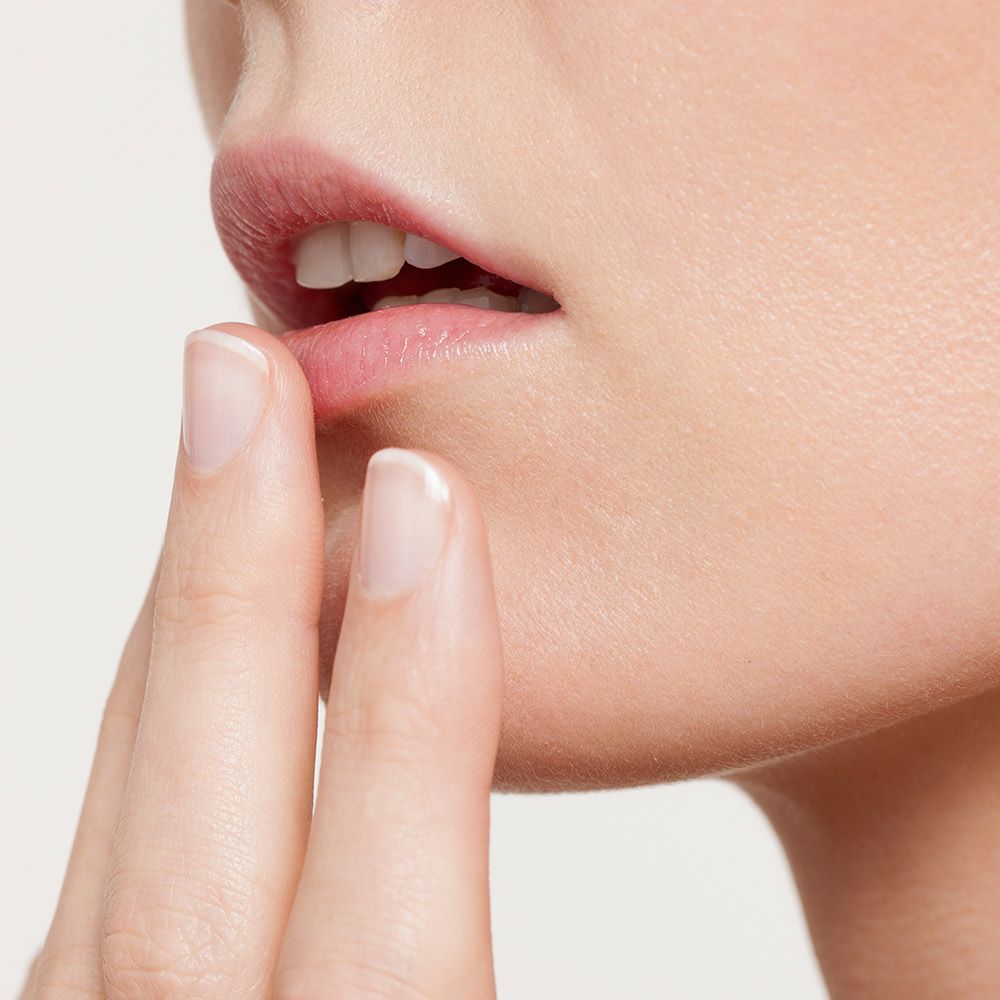
Prevention and Oral Health Maintenance
While not all causes of oral dark spots are preventable, maintaining good oral health can help reduce your risk of developing certain types of discoloration and aid in early detection of any changes in your mouth.
Regular Dental Check-ups: Your First Line of Defense
Regular dental examinations are crucial for maintaining oral health and catching any potential issues early. Dentists are trained to spot abnormalities in your mouth that you might not notice yourself.
How often should you have a dental check-up. Most dentists recommend having a check-up and cleaning every six months. However, if you have a history of oral health issues or are at higher risk for conditions like oral cancer, your dentist may recommend more frequent visits.
Oral Self-Examinations: What to Look For
In addition to professional check-ups, performing regular self-examinations of your mouth can help you detect any changes early. Here’s what to look for:
- Any new spots or discoloration
- Changes in existing spots (size, color, texture)
- Sores that don’t heal within two weeks
- Lumps or thickened areas in the mouth
- Persistent pain or tenderness
How often should you perform a self-examination. Ideally, you should examine your mouth once a month. Use a mirror and good lighting to check all areas of your mouth, including your lips, gums, tongue, and the insides of your cheeks.

Lifestyle Factors: Reducing Your Risk
Certain lifestyle choices can impact your risk of developing oral dark spots and other mouth conditions. Here are some tips for maintaining good oral health:
- Quit smoking and avoid tobacco products
- Limit alcohol consumption
- Maintain good oral hygiene (regular brushing and flossing)
- Use sun protection on your lips when outdoors
- Eat a balanced diet rich in fruits and vegetables
- Stay hydrated to support saliva production and oral health
By incorporating these habits into your daily routine, you can help protect your oral health and reduce your risk of developing various mouth conditions, including some types of oral dark spots.
The Psychological Impact of Oral Dark Spots
While many oral dark spots are benign and don’t cause physical symptoms, they can sometimes have a significant psychological impact. Understanding and addressing these effects is an important part of comprehensive care.
Anxiety and Self-Consciousness
Discovering a dark spot in your mouth can be alarming, and even after receiving reassurance from a healthcare professional, some individuals may continue to feel anxious or self-conscious about the spot.

How can you cope with anxiety about oral dark spots. If you’re feeling overwhelmed, consider talking to a mental health professional. They can provide strategies to manage anxiety and put your concerns into perspective. Remember, most oral dark spots are harmless, and regular check-ups can help ensure any changes are caught early.
Impact on Social Interactions
For some people, visible oral dark spots may affect their confidence in social situations, particularly if the spots are on the lips or visible when speaking or smiling.
What if oral dark spots are affecting your quality of life. If oral dark spots are significantly impacting your self-esteem or social interactions, discuss this with your healthcare provider. They may be able to offer treatment options or referrals to specialists who can help, even if the spot isn’t medically concerning.
The Importance of Open Communication
Open communication with your healthcare provider is crucial when dealing with oral dark spots. Don’t hesitate to ask questions or express concerns about your diagnosis, treatment options, or the impact on your daily life.

What questions should you ask your healthcare provider. Consider asking about the specific nature of your oral dark spot, the likelihood of it changing or spreading, any lifestyle factors that might be contributing, and all available treatment options, including their potential risks and benefits.
Remember, your healthcare team is there to support not just your physical health, but your overall wellbeing. By addressing both the physical and psychological aspects of oral dark spots, you can ensure comprehensive care and maintain your quality of life.
Causes and What Needs to Be Treated
Finding a black spot or dot on the inside of your cheek can be alarming, but it’s not necessarily a sign of something serious.
A variety of harmless conditions can cause discoloration in your mouth, such as moles, hyperpigmentation, and leakage from your dental fillings.
In extremely rare cases, a black spot may be a sign of a type of cancer called oral melanoma. Oral melanoma accounts for about 1.6 percent of cancers of the head or neck, and less than 1 percent of all melanomas, according to The Oral Cancer Foundation.
Keep reading to find out what may be causing a black spot on the inside your cheek and when you should see your doctor.
The following conditions may cause a black dot, a small, circular mark, to form on the inside of your cheek.
Oral nevi
Oral nevi are small brown, bluish gray, or almost black dots that can appear inside your mouth. Nevi is a medical term for moles (nevus is singular).
Oral nevi are usually slightly raised. They’re more common on the roof of the mouth or inner lip, but they can also form on the cheeks. They usually don’t cause any symptoms.
They’re more common on the roof of the mouth or inner lip, but they can also form on the cheeks. They usually don’t cause any symptoms.
No treatment is usually necessary for an oral nevus, and there are no reports of an oral nevus becoming cancerous. However, your doctor or dentist may still recommend getting a biopsy to make sure it’s indeed a nevus and not melanoma.
Blood blister
Blood blisters are sacs of fluid that fill with blood. They can range in color from purple to dark red. They commonly form when the skin in your mouth gets pinched.
Blood blisters are often big enough that you can feel them with your tongue. They most often form on the soft parts of your mouth, like your cheek or inner lips. They’re typically painful when touched, or if you eat spicy food.
The majority of blood blisters don’t last long and don’t need treatment if you leave them alone. But if the blood blister lasts for more than 2 weeks or becomes a reoccurring problem, it’s a good idea to visit your doctor.
Melanotic macules
Oral melanotic macules are areas of hyperpigmentation that average about a quarter of an inch in diameter. They can be as small as 0.04 of an inch. These spots are typically flat and have a well-defined border.
Oral melanotic macules are noncancerous, but your doctor may recommend a biopsy to rule out melanoma.
The following are potential causes of dark spots on the inside of your cheek. Spots can vary in size but they are larger than a dot.
Leakage from a dental filling
Amalgam is a material made of mercury, tin, zinc, silver, and copper. It’s been used for more than 150 years for dental fillings.
Amalgam tattoos are leakages from these dental fillings. They’re relatively common and usually appear dark blue, gray, or black. They’re most often located next to a filling.
Amalgam tattoos don’t cause any symptoms and don’t need treatment. They’re permanent unless removed with laser surgery.
Smoker’s melanosis
Smoking can leave blotchy stains called smoker’s melanosis inside your cheeks and gums. About 22 percent of people who smoke have this staining.
About 22 percent of people who smoke have this staining.
These stains don’t cause symptoms and don’t need treatment. However, your doctor will likely recommend a biopsy to rule out other conditions. The stains can be removed with laser treatment or electrosurgery.
Oral cancer
Melanoma is a type of skin cancer that affects pigmented cells called melanocytes.
Melanoma is most common on parts of your skin frequently exposed to sunlight, but it can also form in your mouth and nose. In extremely rare cases, a dark spot inside your cheek may be a sign of oral melanoma.
In its early stages, oral melanoma often has minimal symptoms. It usually manifests as a dark brown to blue-black spot. It can also be unpigmented or white. In its late stages, the spot may be accompanied by pain, ulcers, and bleeding.
The average age of diagnosis of oral melanoma is 56. Oral cancer is twice as common in men as women.
Treatment for oral melanoma may include:
- surgery
- immunotherapy
- radiation
- drug therapy
Peutz-Jeghers syndrome
Peutz-Jeghers syndrome is a condition that causes noncancerous growths called polyps in the intestines and stomach.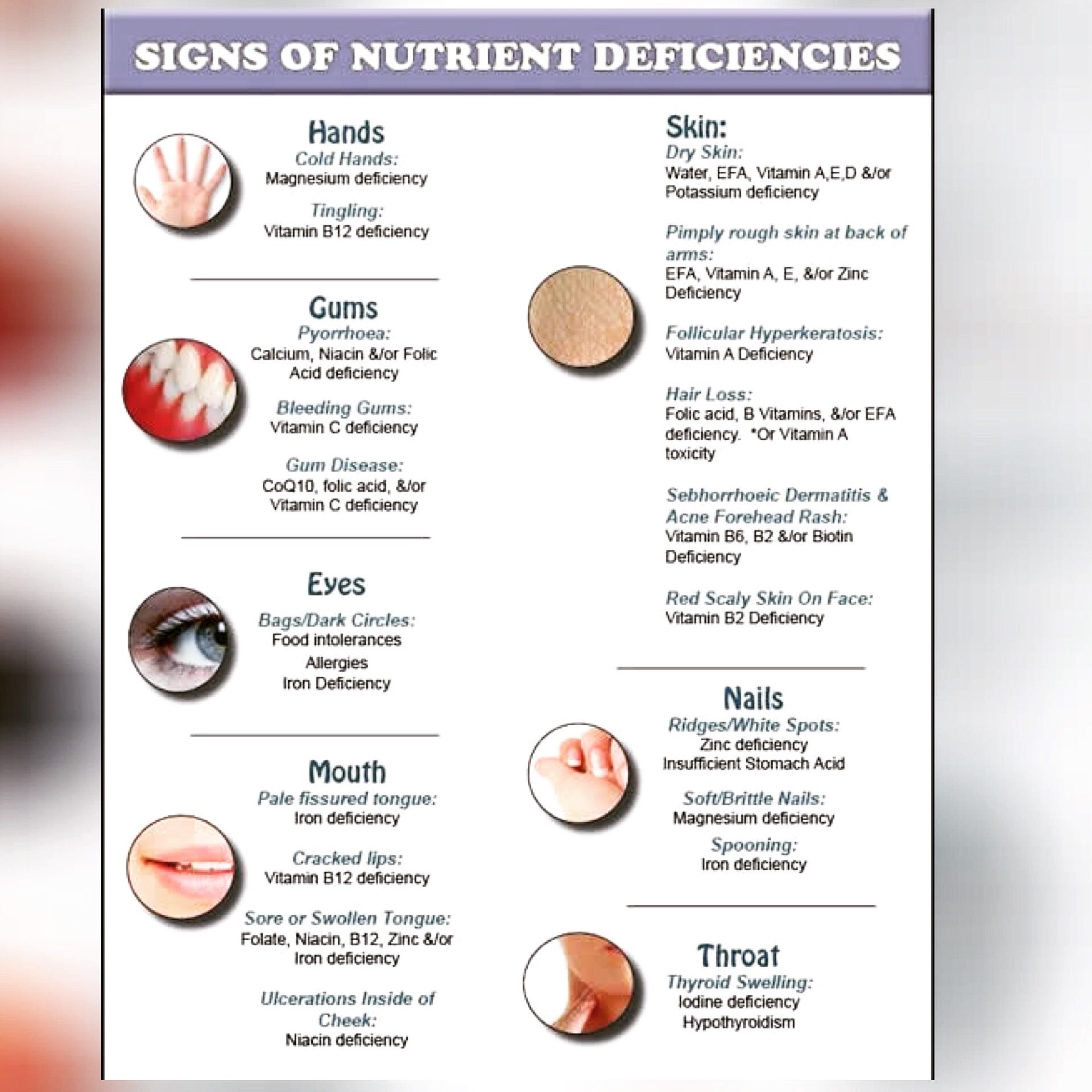
Children who develop this condition also commonly develop dark spots on their lips, inside their mouth, near their eyes and nose, and around their anus. The spots usually fade with age.
People with Peutz-Jeghers syndrome also often develop complications such as pain, bleeding, or bowel obstruction.
There’s no current cure for Peutz-Jeghers syndrome, but surgery can remove the polyps in the digestive tract.
Addison’s disease
Addison’s disease, or adrenal insufficiency, is a deficiency of the hormones produced by your adrenal glands. One of the symptoms of Addison’s disease is hyperpigmented blotches of skin inside your mouth.
Other symptoms include:
- extreme fatigue
- weight loss
- salt cravings
- low blood sugar
- hyperpigmentation
You can take medication to replace the hormones your adrenal glands can’t produce by themselves.
Even though the chances of developing oral melanoma is very low, it’s good practice to see your doctor whenever you notice an abnormally colored spot or dot in your mouth.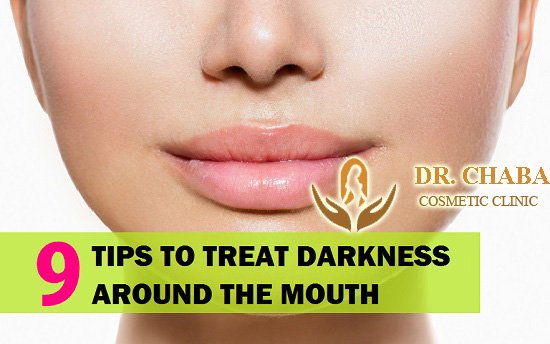
It’s especially important to get the spot checked if you’re older than 55 years. Older adults have a higher risk for developing oral cancer.
Your doctor may use the following tests to help confirm a diagnosis of the dark spot inside your cheek:
- Physical inspection. Your doctor may be able to identify the spot during a physical examination simply based on its appearance.
- Biopsy. During a biopsy, your doctor will cut away a small piece of the spot and send it to a lab for analysis.
- Blood test. Your doctor may administer a blood test measuring your potassium, cortisol, and ACTH hormone levels if they suspect Addison’s disease.
Finding a dark spot or dot in your mouth is unlikely to be a sign of cancer. However, it’s still a good idea to show it to your doctor or dentist. If it does turn out to be cancerous, getting an early diagnosis and treatment can improve your outlook.
Pictures, causes, treatment, and when to seek help
Black spots inside the cheek can have several causes, such as blisters or hyperpigmentation. In rare cases, they may indicate something more serious, such as mouth cancer.
In rare cases, they may indicate something more serious, such as mouth cancer.
Many harmless conditions can cause a black spot to develop inside the cheek. Often, there will be no other symptoms, and it will improve without treatment.
Rarely, however, a black spot inside the cheek may be a symptom of oral melanoma. This is a rare type of cancer.
The American Cancer Society estimate that just over 54,000 people will develop mouth or throat cancer in 2021. Melanoma usually accounts for 0.5% of all oral cancers.
This article will examine some potential causes of a black spot inside the cheek. It will also look at some treatment options and when a person should contact their doctor.
Blisters are raised bubbles on the skin with fluid inside. They can occur anywhere on the body, including in the mouth.
Blood blisters contain blood and appear dark red or purple. They may develop in the mouth due to accidentally biting the cheek or as a result of an allergic reaction.
Learn more about blood blisters in the mouth here.
Treatment
Blood blisters are not typically harmful, and they will often heal without treatment.
Sometimes, however, they may cause pain or discomfort. In these cases, a person can use over-the-counter (OTC) pain relief medication.
Amalgam tattoos occur when metal fillings leak, causing dark marks to appear inside the mouth.
These marks can appear when a dentist places or removes a filling and tiny metal fragments fall between the teeth.
They most commonly appear on the gum or cheek, near the amalgam filling. However, they can appear anywhere in the mouth.
Treatment
Amalgam tattoos do not cause any symptoms or require any form of treatment.
Smoking can cause smoker’s melanosis. This is a condition wherein brown or black pigmentation develops inside the mouth and throat.
Treatment
This condition is not harmful, and it does not require treatment.
However, the tobacco smoke that causes these spots is harmful to various areas of the body. For example, smoking can cause gum disease, tooth loss, and mouth cancer, as well as several other conditions.
For example, smoking can cause gum disease, tooth loss, and mouth cancer, as well as several other conditions.
Melanoma is a cancer of the pigment-making cells, or melanocytes, that typically affects the skin. However, these cancers can also occur on mucosal membranes, such as in the mouth.
Oral melanoma usually appears as a raised area that has a black, brown, or dark blue appearance. These marks can be asymmetric with an irregular border.
There may also be swelling, if inflammation is present.
One 2020 article notes that oral melanoma is not related to sun exposure. Healthcare professionals are unsure about what the risk factors may be, but they may include:
- dental irritation
- cigarette smoking
- alcohol consumption
Treatment
The main treatment option for oral melanoma is surgery. A healthcare professional may also recommend radiation therapy.
Addison’s disease is an endocrine disorder that occurs when the adrenal glands, which are the glands on the top of the kidneys, do not make enough of certain hormones.:max_bytes(150000):strip_icc()/overview-of-strep-throat-1191987_final-21489a625c774930abb4a3c12e13b0a6.png) These include cortisol and aldosterone.
These include cortisol and aldosterone.
The National Institute of Diabetes and Digestive and Kidney Diseases note that Addison’s disease can cause the development of darker areas on the skin and inside the mouth.
Other symptoms can include:
- chronic fatigue
- muscle weakness
- abdominal pain
- weight loss
- appetite loss
Treatment
Treatment for Addison’s disease will include hormone replacement medications. People can take a corticosteroid, such as hydrocortisone, to replace missing cortisol. They will take an oral tablet two or three times per day.
To replace aldosterone, a person can take fludrocortisone to help balance the amount of fluid and sodium in the body.
Peutz-Jeghers syndrome is a rare genetic condition that causes dark freckles to appear around the face and inside the mouth. It may also cause mushroom-shaped tissue growths called polyps to develop throughout the gastrointestinal tract.
Peutz-Jeghers syndrome can also cause other symptoms, including:
- nausea
- vomiting
- stomach pain
- rectal bleeding
- digestive issues
Treatment
There is currently no cure for Peutz-Jeghers syndrome.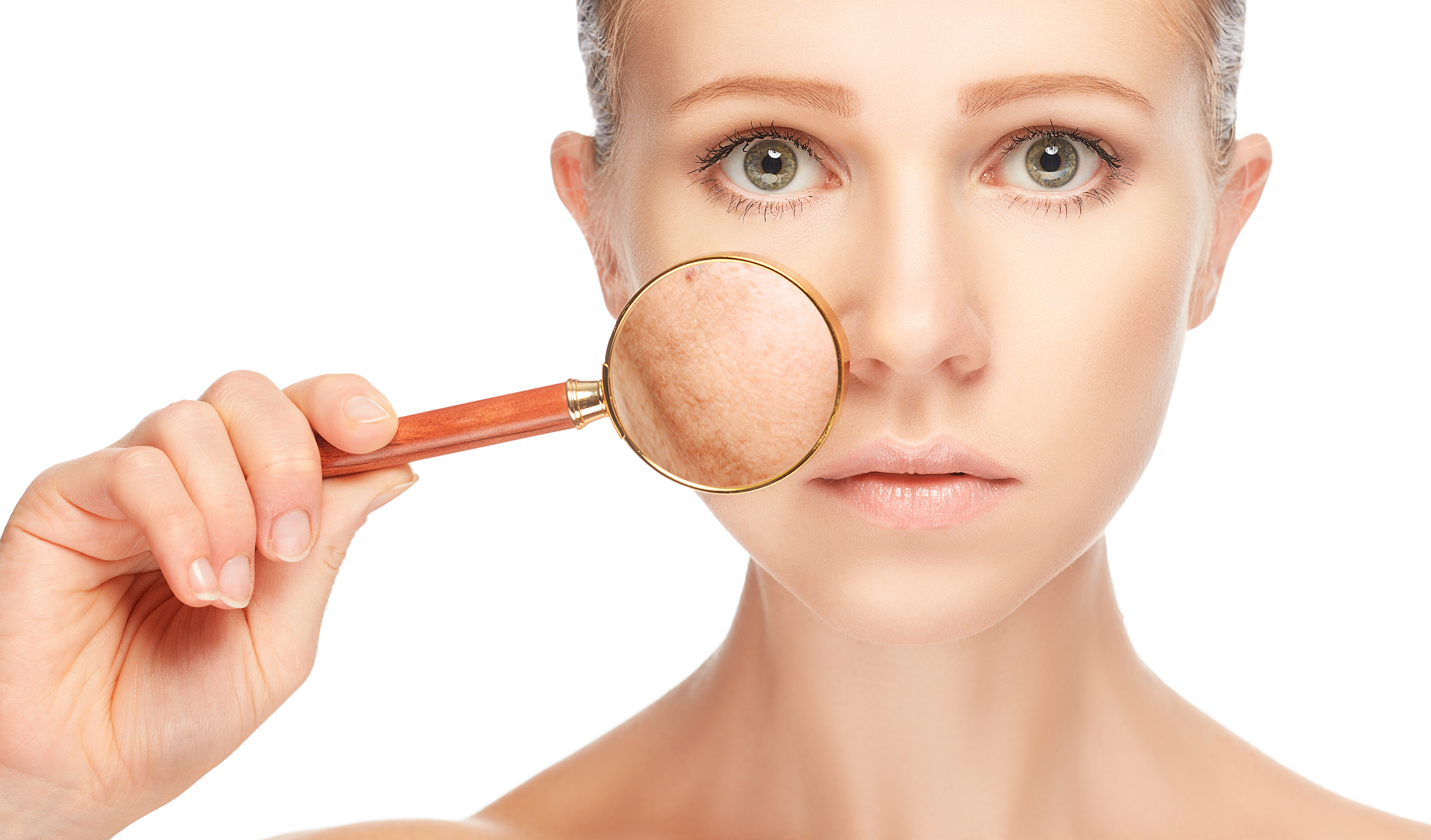 However, treatments may involve surgically removing any polyps that are causing gastrointestinal problems.
However, treatments may involve surgically removing any polyps that are causing gastrointestinal problems.
A doctor or dentist will perform a physical examination of the black spots to determine the cause. Also, they will likely ask the person whether or not the spots are painful or have any accompanying symptoms.
A doctor may also check a person’s medical history for any signs of genetic conditions, such as Peutz-Jeghers syndrome, that could be the cause. They might also review the person’s dental records for the presence of metal fillings.
Depending on their assessment, a doctor may also order additional tests to make a firm diagnosis. For example, they might require a blood test or skin sample for further analysis.
Many causes of black spots inside the cheek, such as amalgam tattoos, are harmless.
Although no medical treatment is necessary for some causes of a black spot in the cheek, a person should contact a doctor about any sore or spot that lasts for longer than 3 weeks.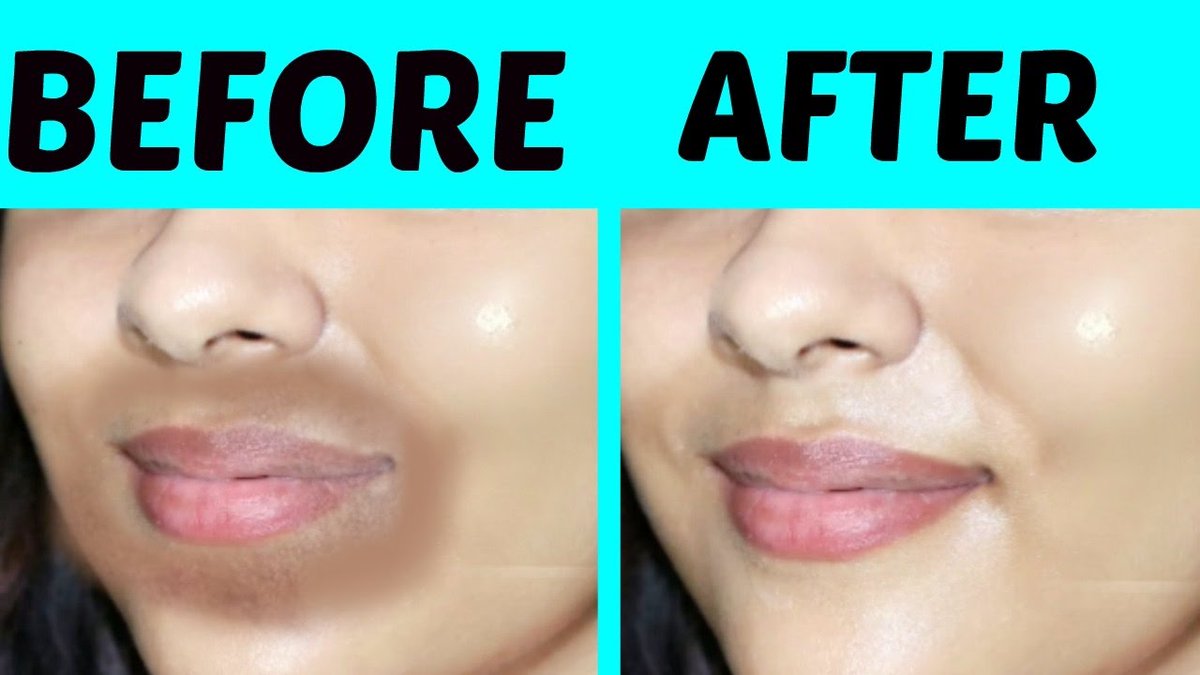
If the black areas develop sores or ulcers, these could be symptoms of mouth cancer. Early detection of mouth cancer is crucial for successful treatment.
There are many possible causes of black spots inside the cheek. For most people, these spots will cause no additional symptoms and will not require treatment.
Some people may require OTC treatments for causes that cause pain, such as blood blisters. Other causes, such as mouth cancer, will require medical treatment.
Although black spots inside the mouth may be harmless, it is worth contacting a doctor about persistent cases. They can help determine whether the spot is harmless or requires further care.
Spots in the mouth: what are the causes
Spots in the mouth: what are the causes | Moscow
Jump to content
Moscow, Sergey Makeev, 8
Mon-Sun – Daily, from 10:00 to 21:00
+ 7 (495) 128-46-33
icon-telegram
Odnoklassniki
Vk
Youtube
8 (499) 404-31-55
Write whatsapp
The oral mucosa is sensitive to external factors and internal changes, which is especially true for people with weakened immune systems and concomitant diseases.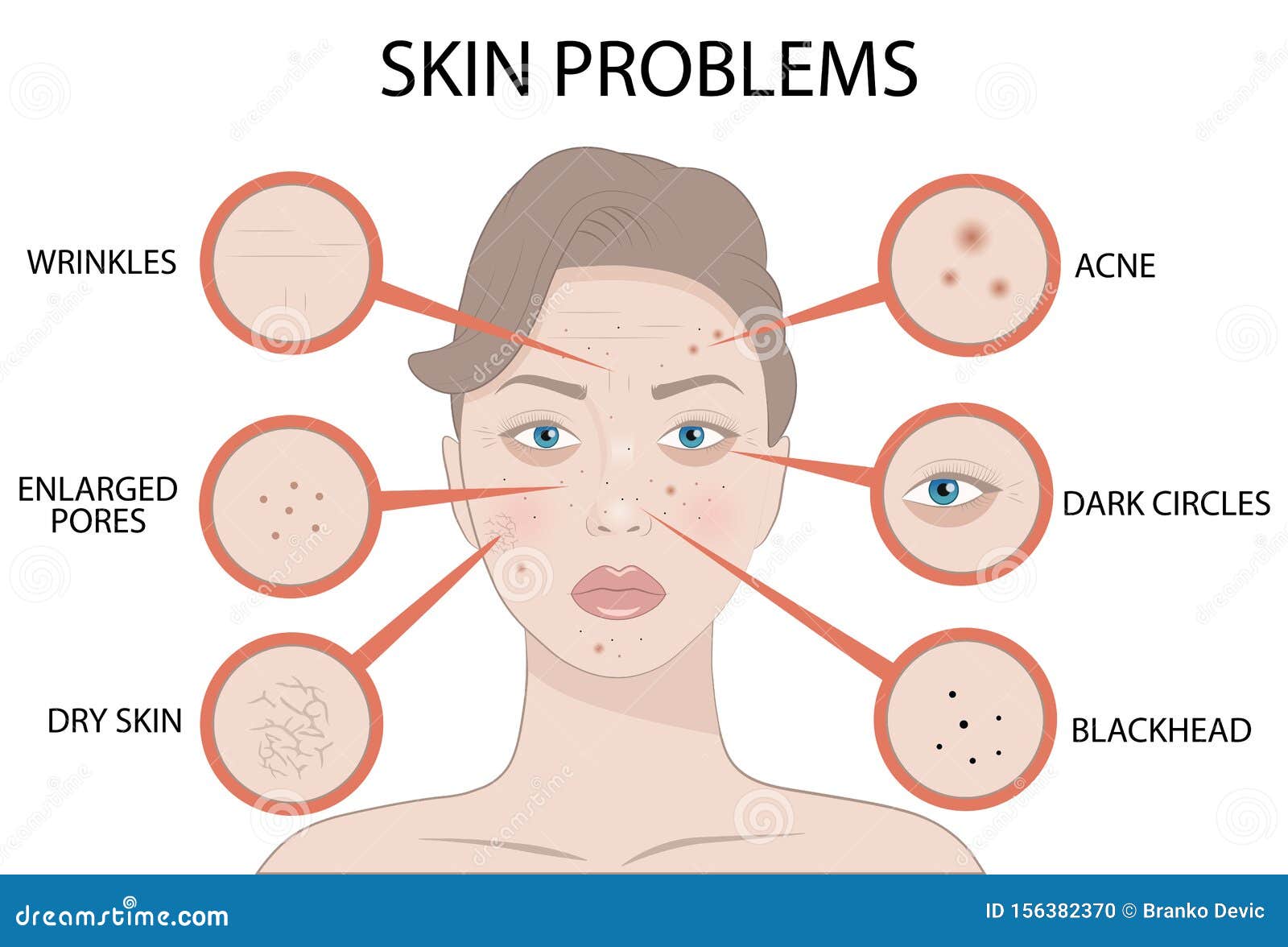 At different periods of life, spots may appear in the mouth. This applies to both mucous membranes and teeth. When such a symptom appears, you need to find out the cause together with the dentist and undergo appropriate treatment.
At different periods of life, spots may appear in the mouth. This applies to both mucous membranes and teeth. When such a symptom appears, you need to find out the cause together with the dentist and undergo appropriate treatment.
White spot on the gums
A fairly common symptom that may indicate an infection in the mouth. White formations can be a manifestation of candidiasis, herpes, as well as some non-infectious problems, for example, a wen.
Gingival stains can be the result of poor oral hygiene. If this is accompanied by soreness, then the cause is inflammation.
Treatment consists of antiseptic rinses and hygiene. Depending on the cause, the doctor prescribes antibacterial, antiviral, or antifungal agents.
Teeth stains
Caries is the main cause of white and dark stains. At the same time, there are many non-carious pathologies with such symptoms, including fluorosis, enamel hypoplasia, and a wedge-shaped defect.
Teeth stains do not go away on their own and in any case, dental treatment should be carried out depending on the cause.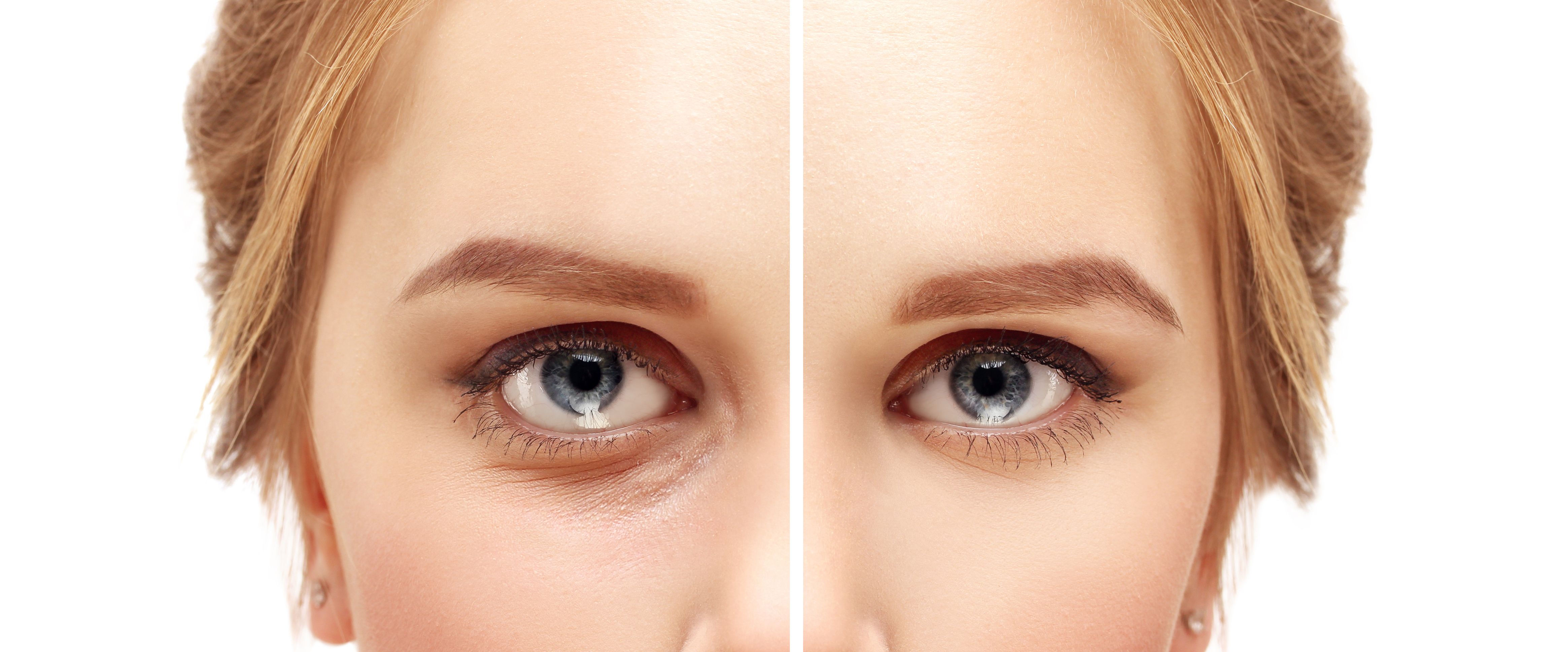
Plaque on the teeth
Deposits on the teeth resemble stains, but this is no longer a disease. Plaque is removed either during normal cleaning or during professional hygiene, when the dentist removes tartar.
Red spot on the tongue
Symptoms of various internal diseases, as well as stomatitis, glossitis, may appear on the tongue. The stain may be the result of a burn or mechanical damage.
If the stain does not go away for a long time, you need to consult a doctor, because the causes may be serious diseases of the gastrointestinal tract, heart, respiratory organs. Also, spots do not appear against the background of diseases such as scarlet fever, erythema, mononucleosis.
Dark spots on gums
Dental treatment with amalgam may cause dark spots on the gums. The reasons can also be smoking, tartar, vitamin deficiency.
Mouth spots are a reason to visit a dentist for diagnostic procedures. If the causes are local, dental treatment will be performed. If not, the dentist will refer you to another specialized specialist.
If not, the dentist will refer you to another specialized specialist.
Address of dentistry:
Moscow, st. Sergei Makeev, house 8 (Presnensky district)
Metro station “Ulitsa 19″05 years”
Working hours:
Daily, 7 days
a week, seven days a week
from 10:00 to 21:00
Phone, e-mail:
8 (495) 70-72-233 9007 4 [email protected]
Articles by category:
Clinic services:
Make an appointment:
Your name (required)
Phone (required)
By submitting an application, I consent to the processing of personal data on the terms of the “Privacy Policy” and “Consent”.
“There are contraindications. A doctor’s consultation is required.” This site is for informational purposes and is not a public offer, determined by the provisions of Article 437 (2) of the Civil Code of the Russian Federation. Dentistry of Moscow for 1905, “Implant-Expert”. Rights reserved LLC “Dentist-24” TIN 7703746420. © 2006-2023.
© 2006-2023.
Odnoklassniki
Vk
icon-telegram
Youtube
Mouth spots: causes
What is ? The spots that appear in the mouth – on the palate, gums or tongue – are not a good sign, in most cases it is an indicator of the presence of certain pathological processes in the body.
What to do with this ? Sometimes the appearance of spots is nothing more than a natural reaction to external stimuli, mechanical or temperature. And soon the problem will “resolve” by itself. But you should not rely on this, it is better to be examined by a doctor.
In this article:
- Types of spots in the mouth
- Main causes of problems
- Plaque and spots on the tongue
- Secondary oral lesions
Types of spots in the mouth
Spots in the mouth are a change in the color of the mucous membranes of the oral cavity in one of the areas while maintaining their structure. The appearance of spots does not lead to tissue thickening, swelling or bleeding.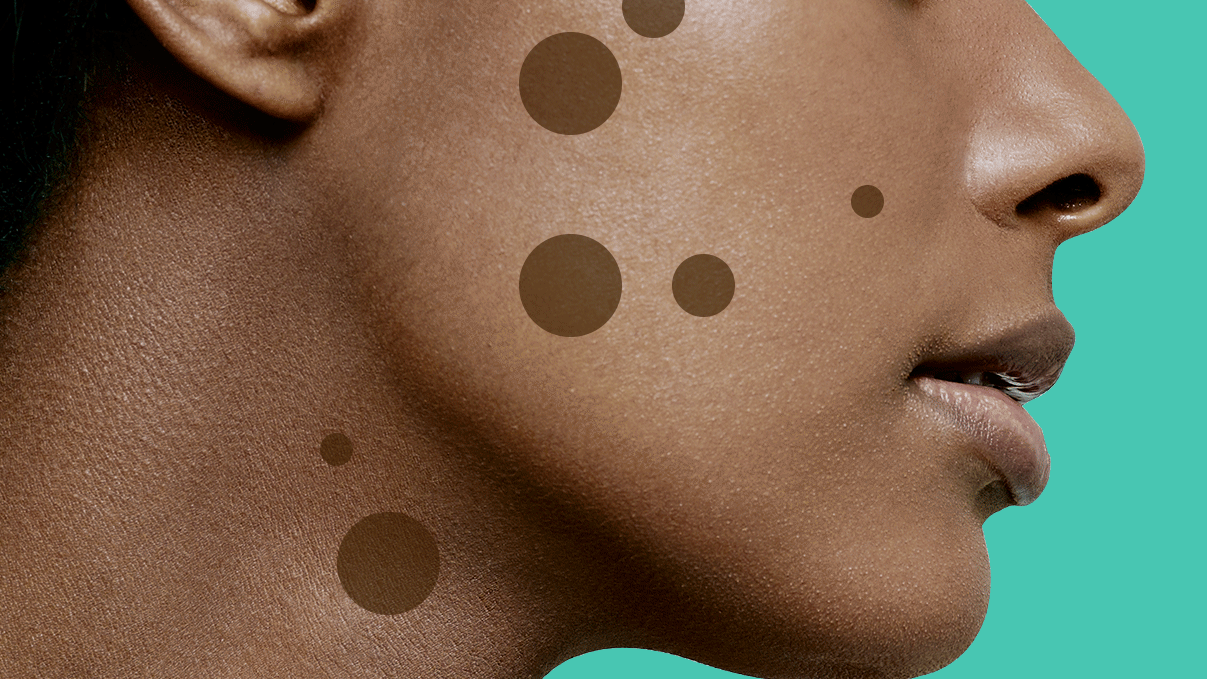
If you notice spots in the mouth, including the tongue, they are not necessarily external symptoms of the disease, but may be the result of exposure to foreign dye or simply pigment. You should consult a doctor if the spots have the following symptoms:
- Red . Darkening of the mucous membrane, changing its color from normal pink to deep red, and sometimes burgundy occurs as a result of the expansion of the vessels of the circulatory system and an increase in blood volume, which most often indicates an inflammatory process. If the treatment of the affected area is not prescribed in time, pain and a violation of the structure of the mucous membrane may appear.
- Pale or bluish . Such changes indicate the outflow of blood from this area, which may be an external sign of a violation of the blood supply to the gum tissue during periodontal disease.
- White spots on the oral mucosa may be a symptom of candidiasis (thrush), and thick white folds – white spongy nevus, related to hereditary diseases.
 With persistent stains, it is better to take tests at the medical center for the level of tumor markers in order to exclude the initial stage of oral cancer.
With persistent stains, it is better to take tests at the medical center for the level of tumor markers in order to exclude the initial stage of oral cancer. - Dark brown or black . This discoloration of the mucosa can be the result of long-term cigarette smoking and is called smoker’s melanosis. Sometimes brown spots are hereditary, more common in representatives of the dark-skinned race or Mediterranean residents.
You can start by exploring the free collection of materials prepared by our clinic specialists for
saving your teeth from decay:
7 critical mistakes that lead to tooth loss
Valuable recommendations of our experts, which you did not even know about10 tips for choosing a clinic
Key criteria to be met3 symptoms that indicate problems with teeth and gums
We talk in detail about the symptoms and what problems they lead to.5 consequences that can occur if oral diseases are not treated
And what dentists always forget to say
Do not dream, but act: keep your teeth healthy, please yourself and others with an attractive
smile! Hurry up to download a selection of materials for free, soon we will remove it from open access:
DOC 2. 3 mb
3 mb
PDF 46.4 mb
Already downloaded 12 381
A change in shade in a certain area with blurry edges is called erythema and is the result of an inflammatory process. Spots of small size, usually up to 10 mm in diameter, with limited contours – this is roseola. Its appearance testifies to such infectious diseases as typhus, scarlet fever, syphilis, etc.
As a result of violation of the integrity of the walls of blood vessels on the surface of the mucosa, hemorrhages are formed – spots of a red tint, which eventually disappear on their own. This darker is the result of blood getting inside the soft tissue, and its color changes depending on the degree of decomposition of the pigment, like a simple hematoma: scarlet, cyanotic, yellow-brown and greenish. Most often, hemorrhages are associated with trauma.
Another external manifestation of the expansion of the walls of blood vessels or the appearance of neoplasms that are not associated with the development of the inflammatory process are telangiectasias.
Common Causes of Problems
Allergies in People of All Ages
If you or your child develop small, reddish patches in their mouth, it is most likely an allergic reaction. Most often they are located in the region of the upper palate and other parts of the oral cavity, sometimes together with small watery vesicles – papules, vesicles.
In addition to spots, swelling and inflammation form on the mucosa, which can quickly increase in size, causing the risk of a life-threatening complication – angioedema.
You can’t wait for the allergic reaction to go away on its own. If one of the symptoms occurs, an urgent call for an ambulance or an independent visit to a medical institution is required. Under the supervision of a specialist, you will be safe in the event of complications and timely tests will help identify the allergen in order to avoid contact with it in the future.
A present for you! Available up to
24.07
3 dental care mistakes that ruin everything
Because of these mistakes, teeth begin to decay 12 years earlier
To receive the file, enter your e-mail:
Enter a phone number to access the file:
The file was downloaded by 9374 people
I agree to the processing
personal data
At home, to slightly alleviate the condition and stop the increase in edema, as well as the spread of red spots to the respiratory organs, you should take any drug that blocks histamine receptors in the body. It can be suprastin, tavegil, diazolin. When children develop allergies, they should act immediately to prevent swelling of the throat and respiratory arrest.
It can be suprastin, tavegil, diazolin. When children develop allergies, they should act immediately to prevent swelling of the throat and respiratory arrest.
If, in addition to the appearance of a rash, the body temperature rises and there is a feeling of weakness, then these are signs of an infection rather than an allergy.
Infectious diseases in children
Mouth stains in children can be caused by infection. Most of these diseases often occur in childhood, but occasionally adults are also infected. The most famous infectious disease that provides marital immunity after recovery is chickenpox. Almost all children get sick with it, and then it is much easier to tolerate than if it becomes infected in adulthood.
Rubella . Red spots that appear in the oral cavity, gradually spreading throughout the face and body, may indicate a rubella disease. Again, it is much easier for her to get sick at a young age than for an adult.
The exception is children under the age of 1 year, so if you notice small reddish specks on the oral mucosa in the baby, which eventually form spots, immediately consult a doctor to rule out rubella. The disease in adults causes many complications, especially in women during pregnancy.
The disease in adults causes many complications, especially in women during pregnancy.
Roseola . It is often confused with a cold and subsequent drug allergy due to a sharp jump in body temperature for a couple of days, and only then a rash of red spots on the body.
If small red spots and blisters have already appeared on the surface of the palate and throat, then in the near future they will spread throughout the body. Usually this symptom is accompanied by pain when swallowing and darkening of the pharyngeal mucosa.
Scarlet fever . As a result of infection with scarlet fever in a child, the rash begins to spread from the skin of the body, gradually moving into the oral cavity to the upper palate. The color of the mucous membrane of the pharynx becomes scarlet, the lymph nodes and tonsils increase, the surface of the tongue acquires a crimson hue and is covered with a dense layer of white plaque. The body temperature rises strongly and vomiting may occur, and in a more severe condition, even convulsions and clouding of consciousness.
Measles . As in the case of rubella, with measles, small spots in the oral cavity form before they can be seen on the skin, in 1-2 days. But the rash differs in appearance: when the measles virus enters the body, the mucous membrane becomes covered with dots of a white or light gray shade, similar to semolina. Spots in the region of the upper palate, tonsils and back of the throat are framed by a pink border and are a manifestation of the Belsky-Filatov syndrome.
Common diseases caused by infection
Various pathogens entering our body significantly worsen a person’s well-being and complicate even the simplest daily tasks. After the illness, antibodies and an immune response to a new pathogen attack are not produced. Therefore, the appearance of inclusions on the back of the throat, watery pimples on the mucous membrane of the gums and red spots on the palate can occur in a person at any age, not only in a newborn or schoolchild.
Herpes virus .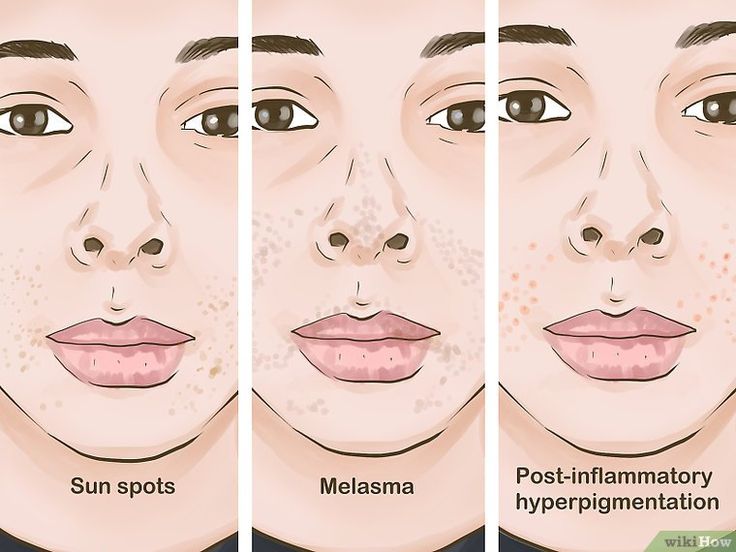 Many people think that herpes vesicles, or common colds, only appear on the outside of the lips. But this is fundamentally not true, in fact, they can appear on any part of the oral cavity, body and on the mucous membranes of internal organs. Inside most of us, the herpes virus is constantly and does not manifest itself in any way until the immune defense decreases sharply.
Many people think that herpes vesicles, or common colds, only appear on the outside of the lips. But this is fundamentally not true, in fact, they can appear on any part of the oral cavity, body and on the mucous membranes of internal organs. Inside most of us, the herpes virus is constantly and does not manifest itself in any way until the immune defense decreases sharply.
Returned teeth to 400+ patients
Get catalog “TOP 45 results of our patients” and a free consultation with a dentist
The file was downloaded by 1,230 people
To receive the file,
enter your e-mail:
Enter the phone number for
booking a consultation:
pdf 24.5 mb
I agree to the processing of personal data
Weakening of immunity gives impetus to the development of the virus and the appearance of a red scattering on the skin of the face and mucous membranes of the mouth. Later, the bubbles burst and turn into foci of the inflammatory process and secondary infections. Even non-critical at first glance, the defeat of the herpes virus can turn into an ulcerative necrotic form, therefore, it requires immediate treatment already at the initial stage.
Even non-critical at first glance, the defeat of the herpes virus can turn into an ulcerative necrotic form, therefore, it requires immediate treatment already at the initial stage.
Stomatitis . Inflammation of the oral mucosa. The disease can be fungal, bacterial or viral in origin and is often detected in infants. In both children and adults, stomatitis is red spots in the mouth, covered with a white or yellowish coating, which, with fungal stomatitis, has a curdled consistency. In the absence of timely treatment, instead of spots, aphtha sores begin to appear, which cause pain.
Treatment of stomatitis depends on its causative agent. If it is a virus, then it is necessary to get rid of it with the help of antiviral drugs. If a bacterium, then antibiotics are prescribed. And if stomatitis was caused by a fungus, then the doctor prescribes antifungal agents to the patient. It is difficult to independently determine the etiology of the disease; this requires testing in a medical institution.
Herpetic sore throat or enteroviral pharyngitis . The disease is called so because of the similarity of symptoms with tonsillitis and herpes at the same time: watery pimples are located on the surface of the palate and tonsils. But the approach to treating the disease differs from the method of getting rid of both herpes and tonsillitis. Therefore, it is so important to determine the nature of the rash, which can only be done by a qualified specialist.
Mononucleosis . This is a disease with an infectious etiology. A sign is the spread of a rash over the skin and oral cavity in the form of pink papules, localized in the mouth on the soft palate and tonsils. Mononucleosis does not particularly manifest itself and most often goes away on its own in a few days.
However, may cause complications in infants and children under 2 years of age. Most often, it is diagnosed in babies aged 3 to 5 years, but sometimes adults also become infected if immunity was not developed as a result of a disease in childhood.
Due to the fact that mononucleosis is very similar in its symptoms to tonsillitis and pharyngitis, an accurate diagnosis can only be made on the basis of blood tests.
Other factors . Re-entry of infectious pathogens into the body can occur as a result of a weakened immune defense due to influenza or SARS, chronic diseases, prolonged exposure to cold or stress. In many cases, they lead to the appearance of red or white spots inside the mouth, bleeding and damage to the mucous membranes.
Plaque and spots on the tongue
The appearance of plaque on the surface of the tongue does not always indicate poor oral hygiene. As we have already said, many different processes occurring inside the body can provoke a change in the state of the oral mucosa.
Let’s summarize, what kind of stains and coating can appear on the tongue? Depending on the infection, these can be brown spots in the mouth, as well as red, pink, white, black, yellow, etc. Flat or convex in shape and with different localization areas: over the entire surface of the tongue or on its tip, on the side and below, and even near the root.
Flat or convex in shape and with different localization areas: over the entire surface of the tongue or on its tip, on the side and below, and even near the root.
Spots vary in shape and size. Next to the spot that appears, the structure of the tongue can be smooth or, conversely, rough, with papillae protruding above the surface. The spot can be in the singular or in the form of a whole placer, evenly distributed over the entire area of the mucous membrane of the tongue.
Spots and plaque occur regardless of a person’s age, and their color varies in intensity. For example, a red spot can have a spectrum from pale to dark, burgundy. And the shade of white spots in the mouth is gray or yellowish.
The tongue is considered normal if it is sufficiently moist and does not swell, has a pink color and a slightly rough surface. The presence of a light whitish plaque, which is easily removed during brushing, is not critical either. If the appearance of your tongue is just like that, then there is no reason to worry.
What symptoms should I see a doctor for? If plaque on the surface of the tongue:
- does not decrease over a long period;
- its area of distribution and thickness increase;
- hue changes;
- there is an unpleasant aftertaste in the mouth;
- decreased taste perception;
If you notice at least one of them, then the development of disorders in the body is likely. Which ones can be determined by the color of the plaque.
The color and structure of the plaque differ from the color of the surface of the tongue and indicate the occurrence of specific pathological conditions. There is one rule based on long-term observations: the higher the density of the plaque layer, the more serious the disease. It turns out that the color and density of plaque are something of a signal that conveys information about the nature of the problem and the area of its localization. We will tell you more about the connection of plaque with possible diseases.
White plaque in most cases is a sign of the spread of a fungal infection, upper respiratory tract disease or gastritis.
Yellow spots in the mouth and tongue may indicate ARVI and acute respiratory infections, as well as pathologies of the liver and biliary tract.
Gray plaque is often a consequence of a lack of fluid in the body and sometimes an acid-base imbalance in the stomach in the direction of increasing acidity.
A brown or dark spot in the mouth is a symptom of diseases of the gastrointestinal tract in a chronic degree, as well as a deficiency of B vitamins.
A bluish tint indicates a malfunction of the cardiovascular and nervous systems, kidneys and a lack of iron in the blood (anemia).
The appearance of red spots indicates hormonal imbalance, autoimmune, infectious and blood diseases.
There are many shades of spots in the mouth, as well as the causes of their occurrence. It is impossible to make an accurate diagnosis on the basis of a single examination of a change in the color of the mucosa or the density of plaque. Only a specialist can diagnose, prescribe tests and determine the nature of the violation of the oral cavity.
It is impossible to make an accurate diagnosis on the basis of a single examination of a change in the color of the mucosa or the density of plaque. Only a specialist can diagnose, prescribe tests and determine the nature of the violation of the oral cavity.
Secondary oral lesions
A complication of the disease may occur against the background of a previously damaged mucosal structure and be a signal that the underlying problem has not yet been resolved. In most cases, the following manifestations occur:
- Erosions . Violation of the integrity of the mucosa, which is the result of regular injuries, inflammatory processes, malnutrition of soft tissues, penetration of viruses and bacteria into the body. In some cases, erosion bleeds, causes pain and spreads over the entire surface at high speed.
- Ulcers . An ulcer is an erosion spot enlarged in depth. The ulcer may ooze pus and cause pain. In the absence of treatment, the likelihood of scarring and growth in size increases, accompanied by increased inflammation.


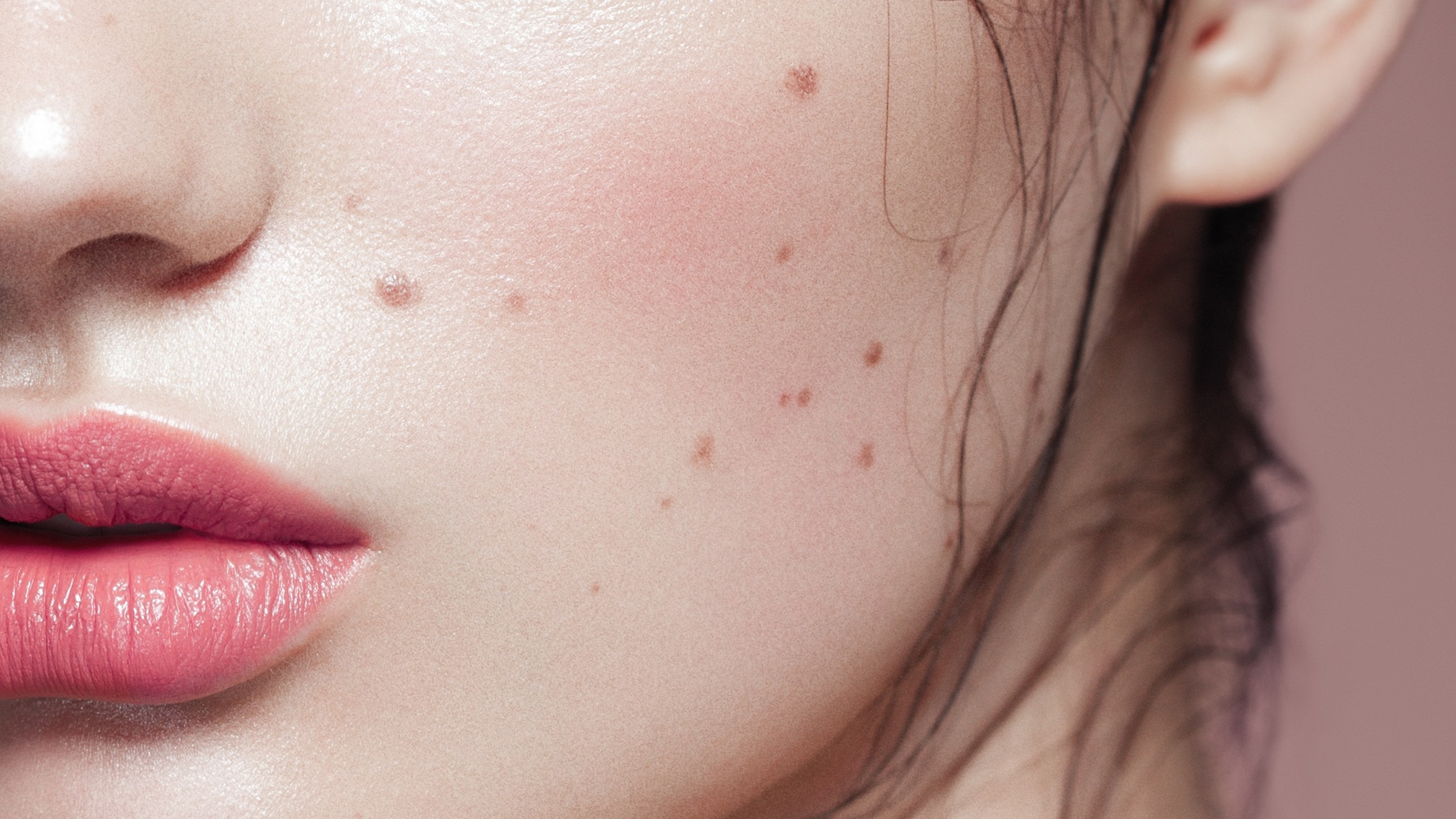 With persistent stains, it is better to take tests at the medical center for the level of tumor markers in order to exclude the initial stage of oral cancer.
With persistent stains, it is better to take tests at the medical center for the level of tumor markers in order to exclude the initial stage of oral cancer.